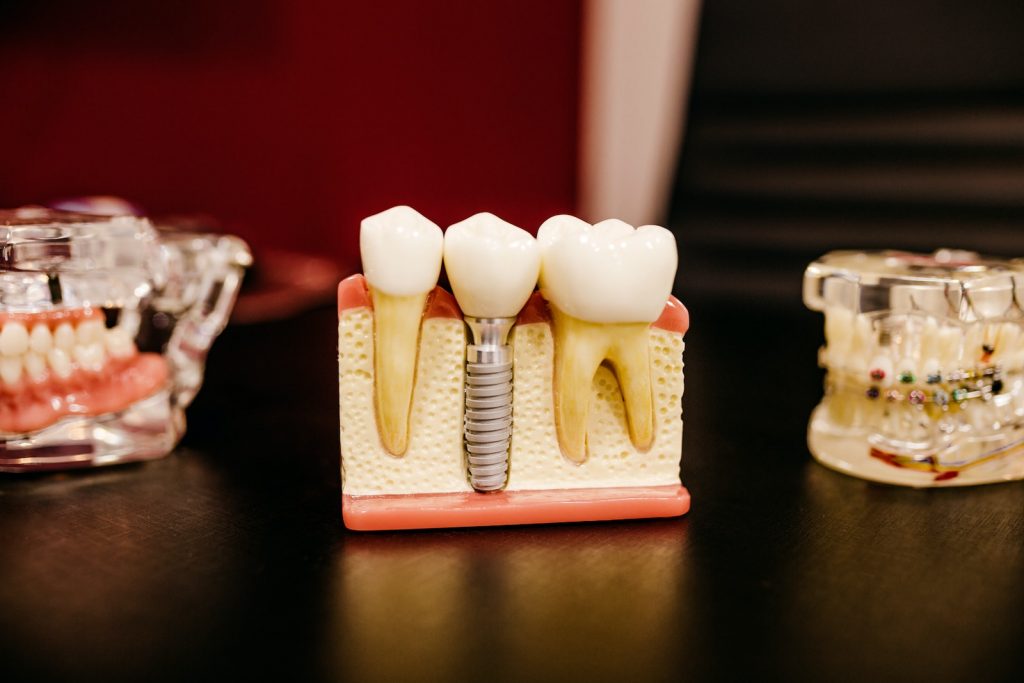
Teeth discoloration is an unfortunate reality that can be caused by a variety of factors. It affects the aesthetic appeal of teeth and can lead to embarrassment or anxiety when smiling or speaking publicly. Understanding the causes and solutions for different types of teeth discoloration is therefore important for maintaining optimal oral health. This article will discuss the various forms of teeth discoloration, their underlying causes, and available treatment options.
Extrinsic Discoloration
Discoloration of the teeth can be caused by a variety of factors. Extrinsic discoloration is one type that affects the outer layer, or enamel, of the tooth and is typically due to lifestyle habits such as drinking coffee, tea, or other beverages, smoking tobacco products, or eating certain foods. These substances stain the enamel and cause yellowing or darkening of the teeth over time.
The most common sources of extrinsic staining are coffee, tea, red wine, and sports drinks containing artificial dyes. Tobacco use—both smoked and chewed forms—is also known to cause discoloration. The severity of this type of staining depends on how often these items are consumed as well as individual oral health practices such as brushing and flossing regularly.
Treatment for extrinsic staining usually involves professional cleaning at a dental office followed by daily maintenance with specialized toothpastes designed to remove surface stains from the enamel. With proper care and regular visits to a dentist, patients can reduce their risk of developing further discoloration from external sources.
Intrinsic Discoloration
Intrinsic discoloration, also known as internal discoloration, is a type of tooth staining that occurs due to intrinsic factors. Unlike extrinsic discoloration which occurs from external sources such as food and beverages, intrinsic discoloration originates from within the teeth themselves. Intrinsic discoloration can be caused by various factors including excessive fluoride consumption during childhood years, certain medications, aging and trauma.
Fluoride exposure in high doses while young can cause fluorosis which results in chalky white spots or streaks on the enamel surface of teeth. Early diagnosis and treatment are critical for managing this condition as any damage done to enamel may not be reversible with age.
Other causes of intrinsic discoloration include some antibiotics like tetracycline that have been linked to permanent tooth staining when consumed during early development stages; however, it has become rare in recent times due to better understanding about its possible effects. Aging affects dentin yellowness which means older adults may experience more yellowing than younger individuals. Finally, physical trauma to the mouth area can lead to darkening of existing dental structures if there is an injury causing bleeding inside a tooth’s nerve chamber. Prevention through good oral hygiene practices helps maintain healthy teeth free from intrinsic discoloration. Brushing twice daily with fluoridated toothpaste, flossing regularly and seeing a dentist every six months are all important steps towards avoiding potential problems related to tooth staining over time.
Age-Related Discoloration
Age-related discoloration is a common cause of teeth discoloration. As people age, the enamel on their teeth begins to wear away and exposed dentin underneath. Dentin is darker than enamel, which causes an overall yellowing of the teeth. This type of tooth staining can range from mild to severe, depending on how much enamel has been worn away due to aging or other factors. In addition, surface staining from eating and drinking dark-colored foods such as coffee and tea can worsen this yellowing effect over time.
To counter age-related discoloration, professional dental treatments are available that will help restore the look of whiter teeth by removing these stains and brightening up the shade of your smile. Professional whitening services use a bleaching agent called hydrogen peroxide to gently remove surface stains while also lightening deeper set stains caused by aging or excessive consumption of certain beverages or foods. While there are at-home options for treating age-related discoloration with over-the-counter products, they may not be as effective as professional treatment methods since they generally only work on surface level stains rather than deep within the tooth’s structure.
In order to maintain white teeth after receiving professional whitening treatments it is important to practice good oral hygiene habits such as brushing twice daily with fluoride toothpaste, flossing regularly, avoiding sugary drinks and acidic foods, chewing sugarless gum after meals, rinsing with mouthwash periodically throughout the day, and visiting your dentist every six months for routine cleanings and checkups. With proper care and maintenance following a whitening treatment you can enjoy brighter looking smiles for years to come!
Fluorosis
Fluorosis is a type of tooth discoloration caused by excessive consumption of fluoride, either through drinking water or other products. It can cause teeth-enamel to become stained and mottled, making them look yellowish-brown in color. Fluorosis is most commonly seen in children who ingest too much fluoride during the time when their adult teeth are forming.
The best way to prevent fluorosis is with proper dental hygiene and care, which includes brushing twice daily with low-fluoride toothpaste and having regular professional cleanings at least twice per year. If you live in an area where the tap water has high levels of fluoride, it’s wise to use bottled or filtered water for both drinking and cooking purposes. Additionally, it’s important not to give young children more than one teaspoon of low-fluoride toothpaste each time they brush so as to limit any potential overconsumption of the mineral.
In addition to preventing fluorosis from occurring in the first place, people should also be mindful about avoiding further damage once it does occur. This means regularly visiting your dentist for checkups and monitoring for signs of decay or damage due to plaque buildup that could worsen existing fluorosis-related discoloration on teeth enamel. Taking comprehensive steps towards good oral health—including eating fewer sugary foods and drinks, flossing every day, using a mouthwash containing fluoride, and scheduling routine visits with your dental provider—may help minimize the effects of this type of discoloration over time.
Trauma-Related Discoloration
Trauma-related discoloration is a common form of tooth discoloration. It occurs when the teeth suffer trauma from an external force, such as an accident or injury. The severity of the trauma can range from a minor chip to severe fractures, and it can cause both internal and external damage to the tooth structure. Depending on how deeply the trauma penetrates into the enamel layer, different types of discolorations may result.
The most common type of trauma-induced discoloration is yellowish staining that appears around the affected area after a few weeks or months. This usually indicates that there has been some change in the dentin inside the tooth; however, it could also be related to changes in blood flow within the pulp chamber due to inflammation caused by the trauma. Other types of discolorations include gray areas where gum tissue was damaged during dental treatment, brown spots due to bacterial infection, white patches resulting from nerve damage, and blue hues due to fracture lines in enamel layers. In some cases, these stains are permanent while others may fade over time with proper care.
Treatment for trauma-related discoloration will depend on its cause and severity. Minor chips may only require cleaning and polishing while more serious damages involving multiple fractures or infections may need advanced restorative procedures such as root canal therapy or crowns placed over affected teeth. In addition to this, good oral hygiene habits should always be practiced to prevent new traumas from occurring and allow existing ones to heal properly without further complications arising.
Conclusion
Teeth discoloration is a common problem that affects many people. It can have different causes, from extrinsic to intrinsic and age-related discolorations. Fluorosis and trauma-related discolorations are also important forms of teeth discoloration which should not be overlooked. Treatment for these various types of teeth discoloration will vary depending on the cause of the issue, as well as the severity.
For instance, extrinsic tooth staining can often be treated with professional cleaning or bleaching treatments at home or in the dentist’s office. Intrinsic stains may require more complex treatment such as crowns or veneers to cover up the affected area. Age-related yellowing may need additional whitening treatments to reduce its appearance while fluorosis and trauma-related discolorations might need restorative dentistry procedures such as fillings or bonding materials to repair any damage caused by cavities or chips in the enamel.
Overall, it is important to understand what type of teeth discoloration you are dealing with in order to properly treat it. Talking with your dental healthcare provider about available options and understanding how each one works can help ensure successful results when treating your teeth staining issues.







